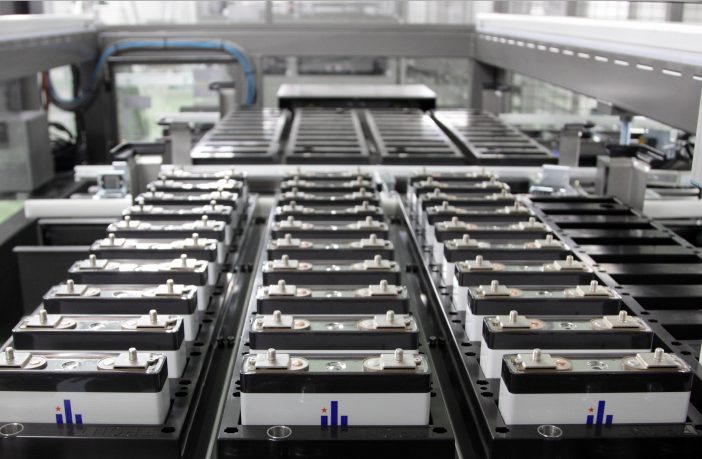- Global lithium-ion cell manufacturing capacity pipeline could rise fourfold to reach 1.3 terawatt-hour (TWh) in 2030 compared to 2019 according to Wood Mackenzie.
- The total capacity attributes to 119 battery manufacturing facilities that are operational, under construction or announced by more than 50 vendors.
Asian manufacturers – CATL, LG Chem, BYD, SK Innovation are leading in capacity arms race, followed by emerging European vendors Northvolt and ACC (JV established by Saft and PSA Group).
Wood Mackenzie senior analyst Mitalee Gupta said: “Manufacturing capacity in Asia Pacific accounts for 80% of global capacity pipeline. The region will remain as the leader of lithium-ion battery production for the next decade.
“Within Asia Pacific, China dominates the pipeline capacity and is expected to double its capacity from 345 gigawatt-hour (GWh) in 2020 to more than 800 GWh by 2030. In addition to local vendors’ rapid expansion in China, foreign manufacturers such as LG Chem, Samsung SDI and SK Innovation have also been adding new lines after they became eligible for subsidies from the Chinese government in 2019.”
Though currently accounting for only 7% of global capacity, Europe is about to ramp up capacity significantly in the next few years and will eventually hit 25% of global pipeline capacity in 2030. Driven by growing demand for batteries for electric vehicles and energy storage, Asian manufacturers are investing heavily in new plants in Europe, for example, CATL’s Erfurt Plant, LG Chem’s Wroclaw Plant, and Samsung SDI’s Goed Plant. Local manufacturers including Northvolt, ACC, have also put forward ambitious plans to scale up in Europe and localise the battery supply chain.
Americas maintains its share for the next decade. Pipeline capacity are concentrated in the United States, and current operating capacity is led by Tesla’s Gigafactory in Nevada.
In terms of battery chemistry, NMC is the mainstream chemistry in operating facilities, followed by LFP. However, announced capacity is often unspecified due to constantly advancing battery technologies and changing market preference.
Author: GBA News Desk
Source: Woodmac















